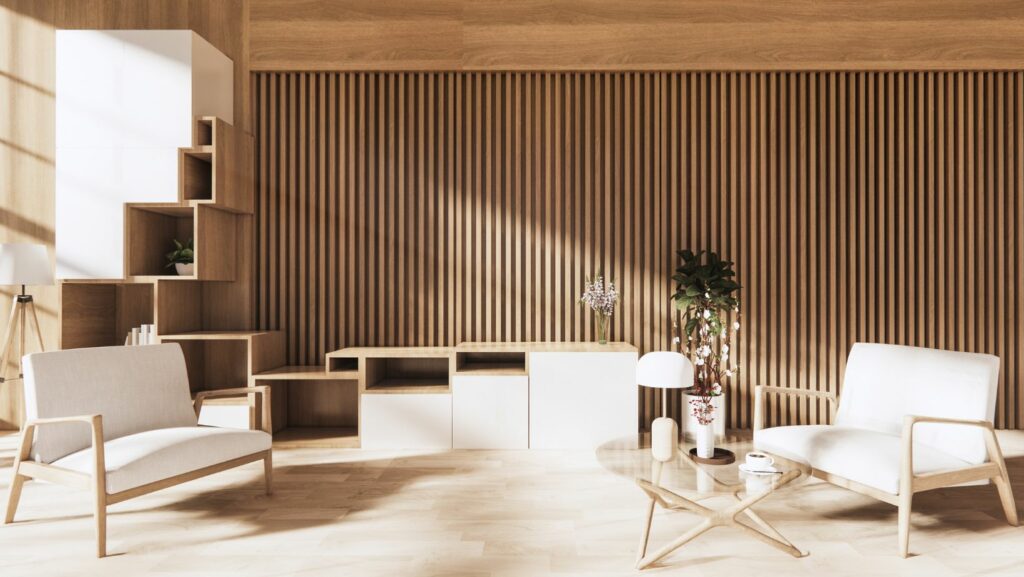Imagine stepping into a building where light paints a perfect harmony of shadows and highlights, creating not just a visible space, but an experience. Welcome to the world of architectural lighting design, where illumination meets aesthetics. This field is an art and a science, transforming structures into living, breathing entities that interact with their inhabitants.
Architectural lighting design has evolved, now playing a pivotal role in how we perceive and interact with our surroundings. It’s a blend of creativity, technology, and psychology, shaping our built environment in ways beyond our conscious realization.
Stay tuned as we delve deeper into this fascinating field, exploring its principles, significance, and the magic it brings to our everyday spaces.
Architectural Lighting Design

Architectural lighting design, a disciple drawing deeply from both art and science, forms an essential component of well-conceptualized buildings, landscapes, and spaces. It revolves around three fundamental aspects: aesthetic appeal, ergonomics, and energy efficiency.
Among these, aesthetics plays the pivotal role of enhancing a building’s visual appeal. Impeccable lighting design, for instance, amplifies the features of iconic landmarks like the Empire State Building or the Eiffel Tower, making them standout visual wonders.
Ergonomics, on the other hand, concerns itself with the functionality and the end user’s ease of use. It prioritizes safety, ensuring that sites remain well lit, paths are clearly marked, and potential hazards can be easily seen. Effective ergonomic lighting manifests itself in practical environments like parking lots and supermarkets.
Lastly, energy efficiency has gained considerable attention in architectural lighting design. Architects aim to harness natural light and reduce the reliance on artificial sources, thereby not only saving on energy costs but also establishing an eco-friendly ethos.
The Role of Lighting in Architecture

Architectural lighting design serves dual purposes – adding aesthetic appeal and ensuring practical application. Shaping space perception, it infuses buildings and landscapes with visual magnetism and character. Iconic structures like the Guggenheim Museum in Bilbao or the Sydney Opera House rely, in part, on tactful illumination to accentuate their forms and surfaces. Light presents architecture’s aesthetics in various hues and narratives, altering observers’ impressions with changing natural or artificial lighting conditions.
However, far from only being artistic, it also adds a practical aspect. From corralling foot traffic in commercial buildings to enabling safer navigation in parking lots, lighting implementation carries significant ergonomic implications. Energy efficiency has become an integral focus of architectural lighting design, prompting architects and designers to marry form and function while conserving energy resources.
Types of Architectural Lighting

Explore the multifaceted world of architectural lighting, encompassing Ambient Lighting, Task Lighting, and Accent Lighting. Each variant brings a touch of finesse to architecture while serving distinct purposes.
Ambient Lighting acts as a base illumination, existing primarily to provide a general sense of visibility in a space. Think of bustling airports and well-lit university campuses; these are prime examples of ambient lighting application.
Lastly, Accent Lighting’s role resonates less with practicality and more with aesthetics. Its aim aligns with highlighting architectural features, pieces of art, or landscaping elements. Returning to the Sydney Opera House’s dynamic nighttime illumination or the dramatic lighting cascading down the Guggenheim Museum’s spiral staircase hammers home the impact of accent lighting.
The Process of Designing Architectural Lighting
Architectural lighting design isn’t just about aesthetics. It’s an intricate process that balances beauty with functionality, safety, and energy efficiency. It’s an art that shapes our perception of spaces, guides our movements, and even defines iconic structures worldwide. From the Guggenheim Museum to the Sydney Opera House, architectural lighting has left an indelible mark. The use of Ambient, Task, and Accent Lighting in unison creates a comprehensive lighting solution, defining the luminosity of a space. Architectural lighting design is evolving, with the integration of natural light, LED fixtures, and efficient control systems. The power of lighting in architecture is undeniable, and its potential is only just beginning to be tapped.

